A World of Positive Impact: Results from Global Big Day 2024

Global Big Day 2024 was a remarkable success, showcasing the dedication and enthusiasm of birders worldwide. On May 11, 2024, 1.3 million birders from around the globe participated in this 24-hour celebration of birds organized by the Cornell Lab of Ornithology. This year’s event—the tenth annual Global Big Day to date—saw impressive participation and results, setting new benchmarks for participatory science.
Globally, more than 63,000 birders submitted 156,000 checklists, contributing to the observation of more than 7,725 bird species. Colombia led the species count with an astounding 1,526 species recorded, followed by Peru with 1,428 species, and Brazil with 1,201 species. eBirders participated from 203 countries around the world, more countries birding in a single day than ever before!
One of the highlights of this year’s Global Big Day was the milestone achievement: more than 1 million people have now shared their bird observations on eBird. This remarkable accomplishment underscores the platform’s impact on birding and the significance of our collective contributions to scientific research.
These incredible achievements are thanks in large part to the efforts of local and regional conservation groups around the world including the eBird regional collaborator network and the Global Birding team. We appreciate working with these inspiring groups. Thanks also to Carl Zeiss Sports Optics for their continuing sponsorship of eBirder of the Month, including the opportunity to win Zeiss SFL binoculars by participating in Global Big Day.
Global Big Day by the numbers
- 1.2 million people identified birds with Merlin Bird ID—the most ever in one day, doubling last year’s Global Big Day participation through Merlin!
- 156,000 eBird checklists submitted
- 63,220 eBirders from 203 countries—more countries participating than ever before
- 7,725 species reported
- 82,550 photos shared with the Macaulay Library
- 4,820 audio recordings shared with the Macaulay Library
Global Big Day 2024 in Central America
In Central America, 2065 eBirders participated, submitting a total of 6510 checklists, and reporting a total of 1005 species. While these totals are impressive, they are fairly representative of this event’s participation over the last five years or so. As a birding community, we have come a long way from the first Global Big Day in 2014, when only 251 eBirders participated in Central America, and only 1142 checklists were submitted. Two countries recorded their highest number of participants ever: Costa Rica with 1115 eBirders participating, and Honduras with 147 eBirders participating. Impressive!
In terms of number of species reported, the regional ‘competition’ is usually between Costa Rica and Panama. Panama won that competition in 2015, 2016, 2018, 2019, and 2021, while Costa Rica bested Panama in 2017, 2020, 2022, and 2023. This year, Costa Rican eBirders reported 24 species more than Panama, for a total of 686 species. That’s 74% of all species ever reported from Costa Rica in eBird—on a single day!
The 2024 edition was the tenth time this event was organized at the global level. In how many Global Big Days have you participated?
Below, we share some images from Global Big Day in the region.
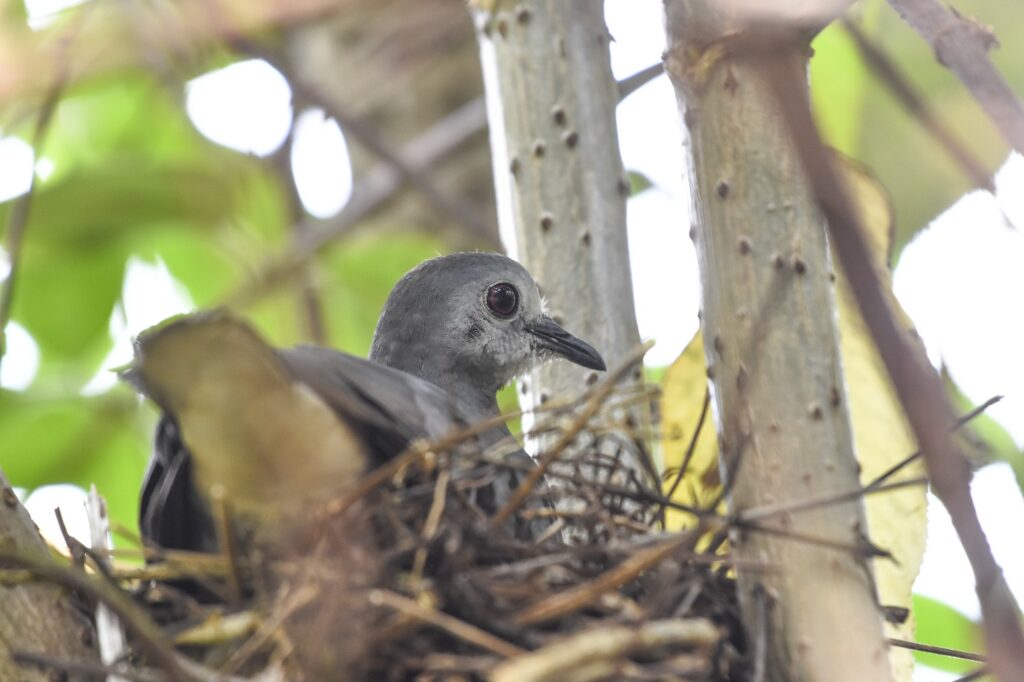
Maroon-chested Ground-Dove is a rare species practically anywhere in the region. Rarer still is to find one on its nest, like this one in Guatemala. Photo © Esteban Matías / Macaulay Library.

Global Big Day coincides with the migration of White-rumped Sandpiper in the region. This one was photographed in Belize. Photo © Francis canto Jr / Macaulay Library.

Black-throated Jay is a handsome endemic to northern Central America. This one posed well in Honduras. Photo © Enrique Mejía / Macaulay Library.
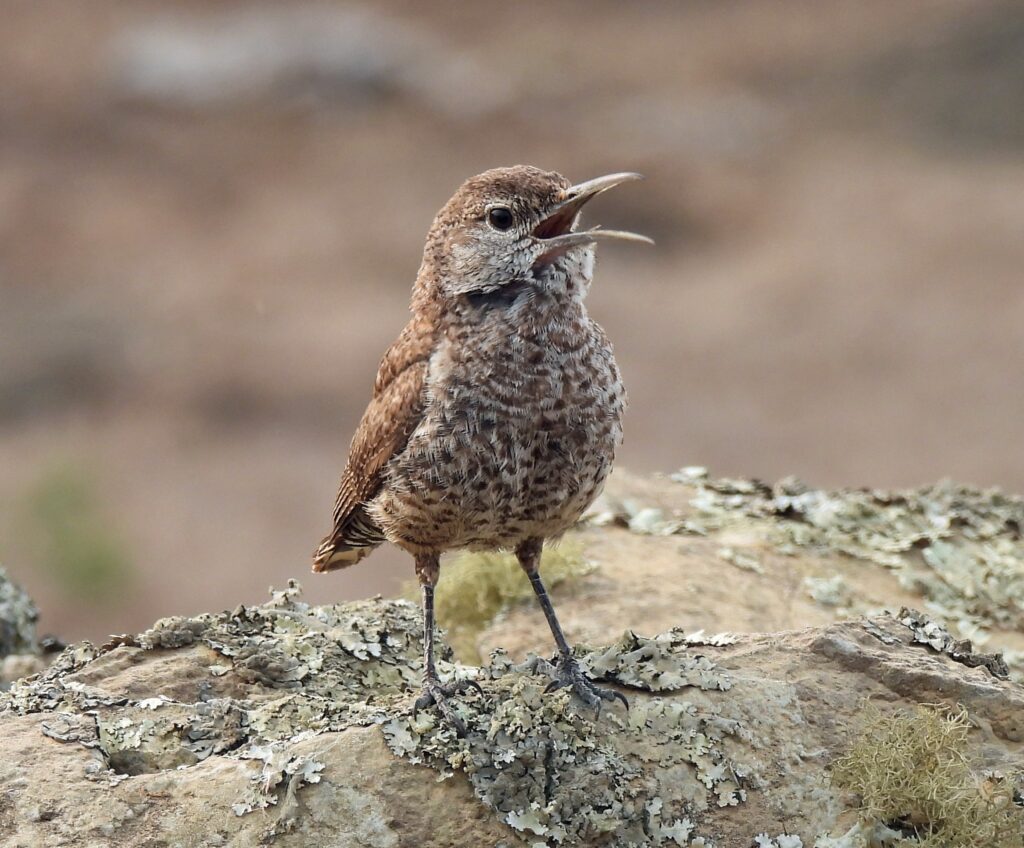
Rock Wren is very local in the region, restricted to rocky habitats, including a few localities in Nicaragua. Photo © Jairo Rodriguez / Macaulay Library.
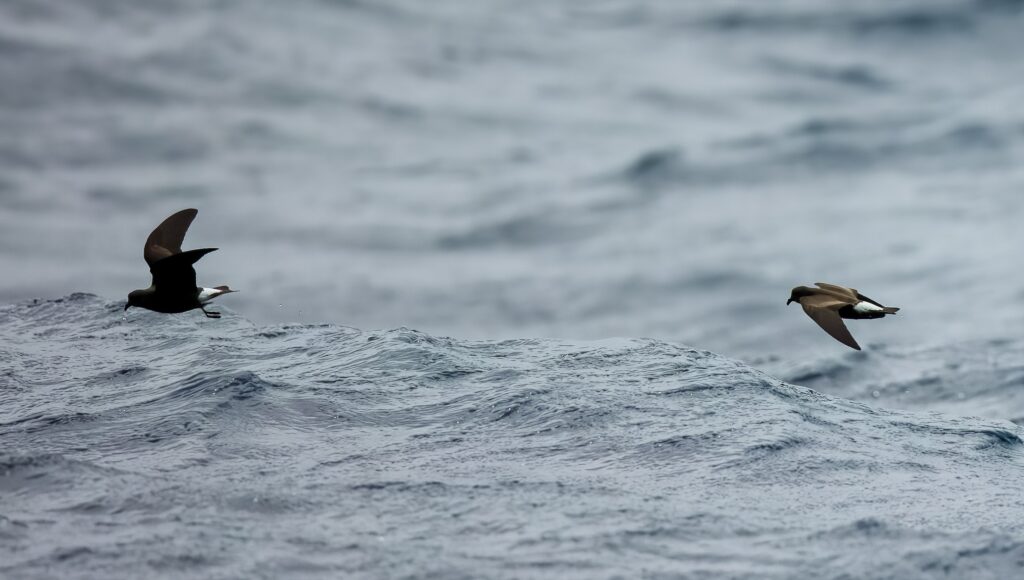
Global Big Day always provides great opportunities for finding pelagic birds, such as these Wedge-rumped Storm-Petrels in Costa Rica. Photo © Carlos Roberto Chavarria / Macaulay Library.
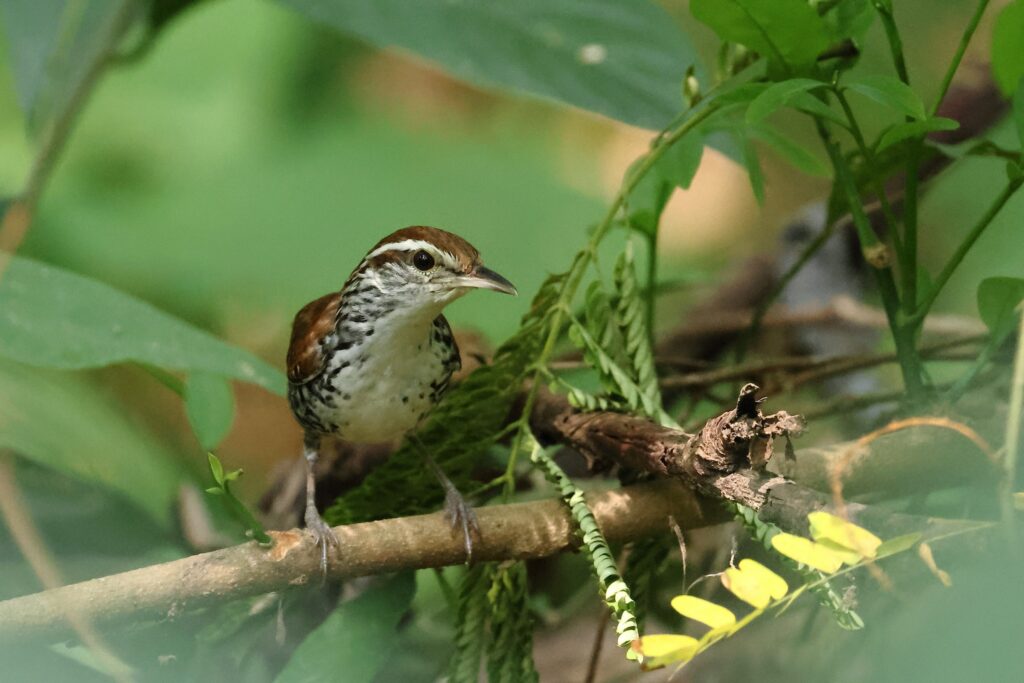
A characteristic species of the Pacific Slope dry forests is Banded Wren. This one was seen in El Salvador. Photo © Vinicio Cruz / Macaulay Library.
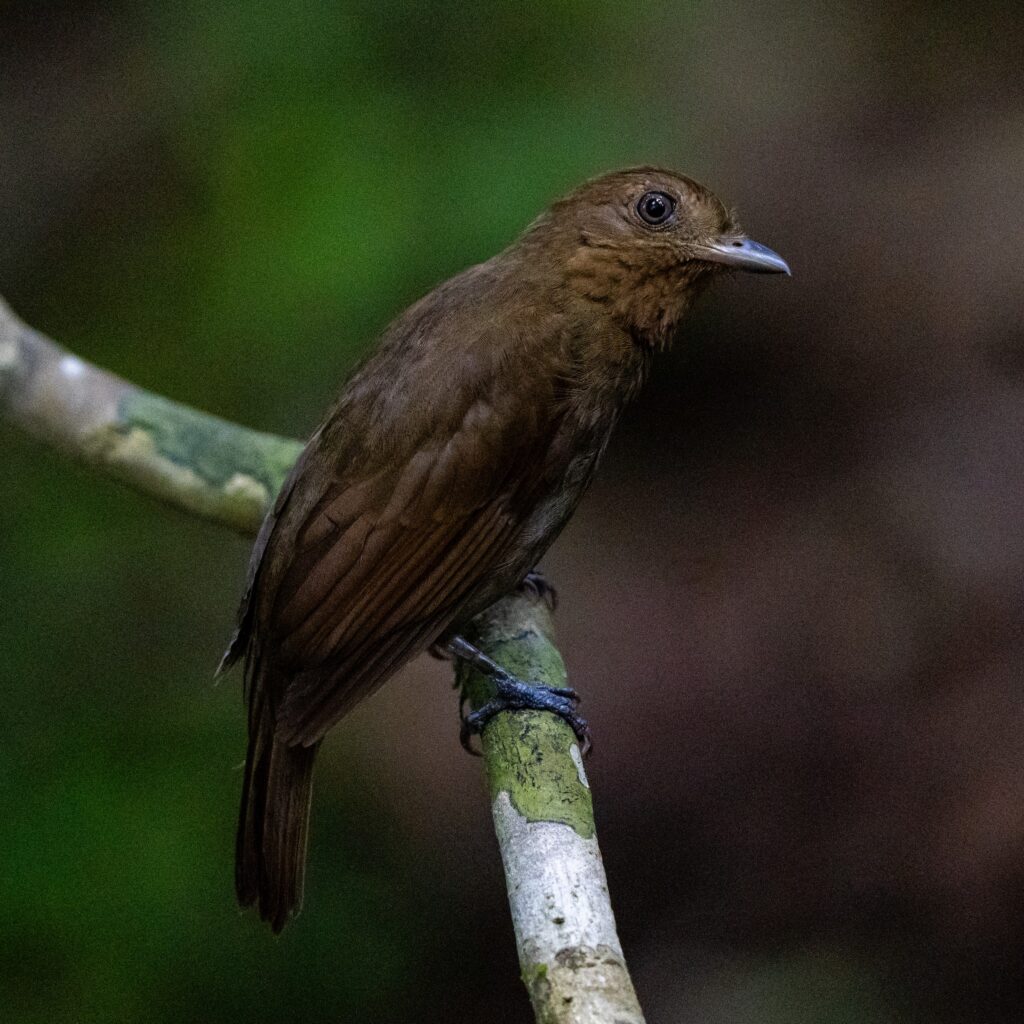
Endemic to northern South America, Russet-winged Schiffornis barely makes it into the region in Panama. Photo © Anthony Batista / Macaulay Library.
Global Big Day is always on the second Saturday of May and October. See you on 12 October!
